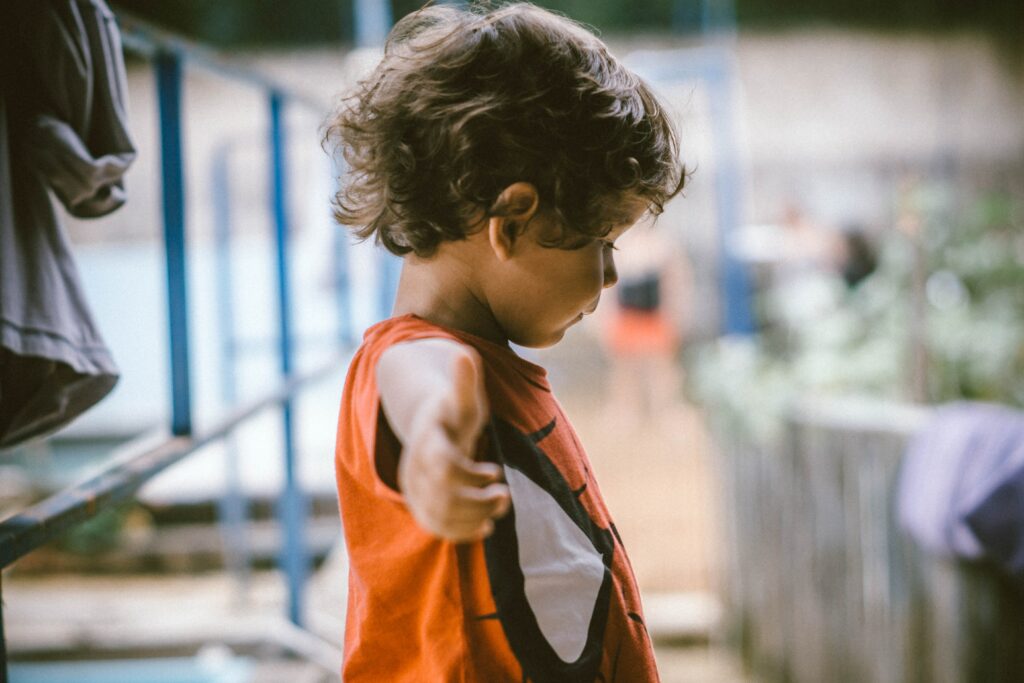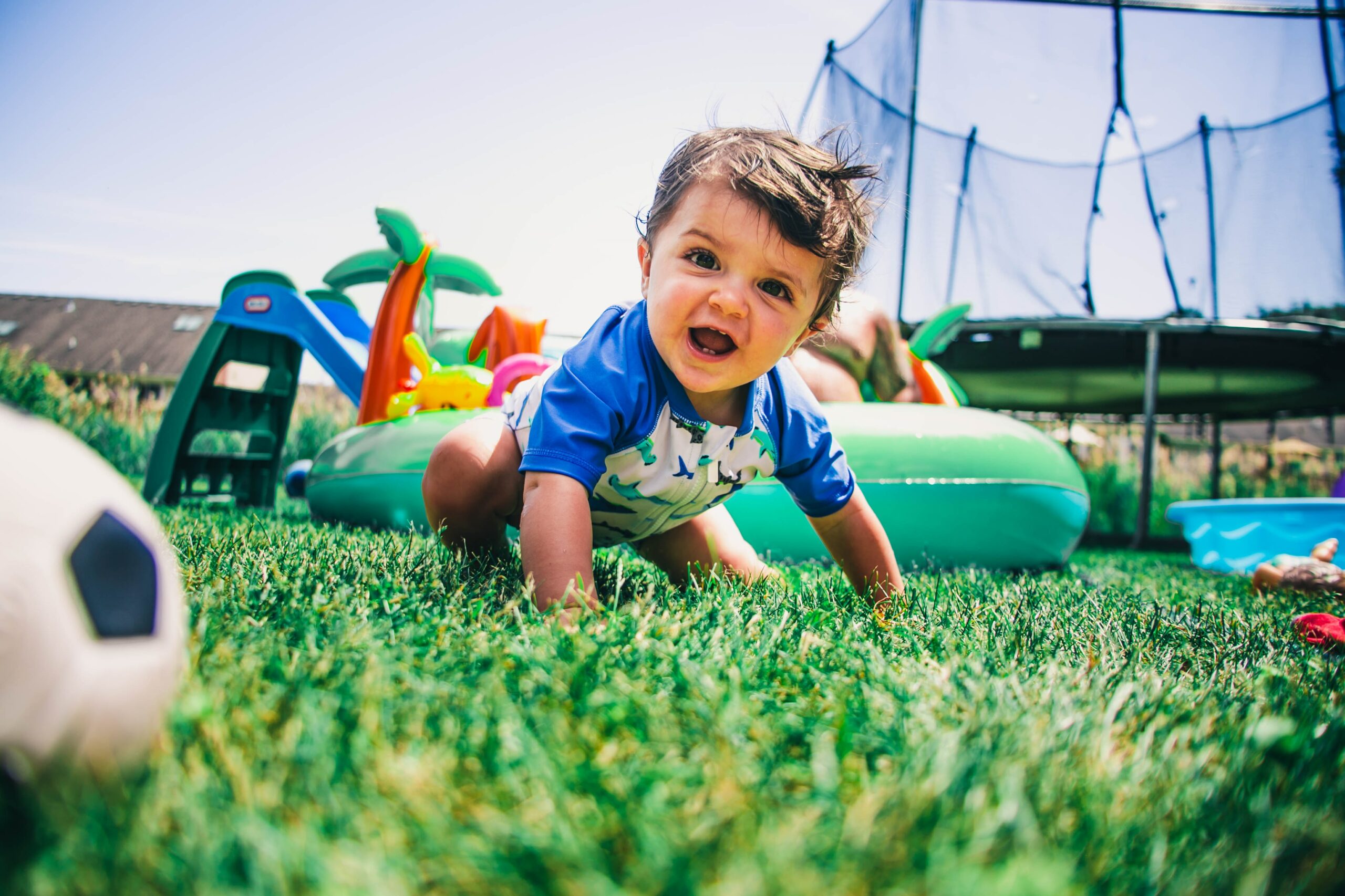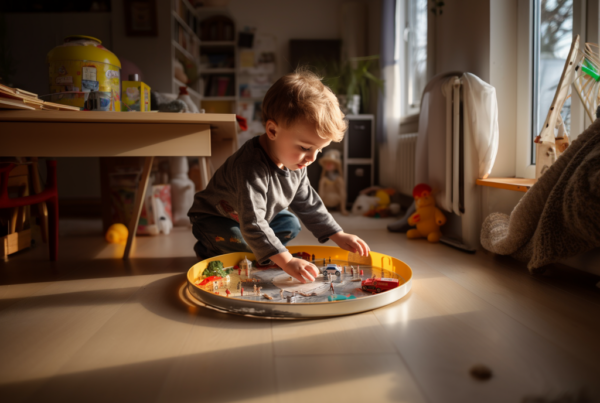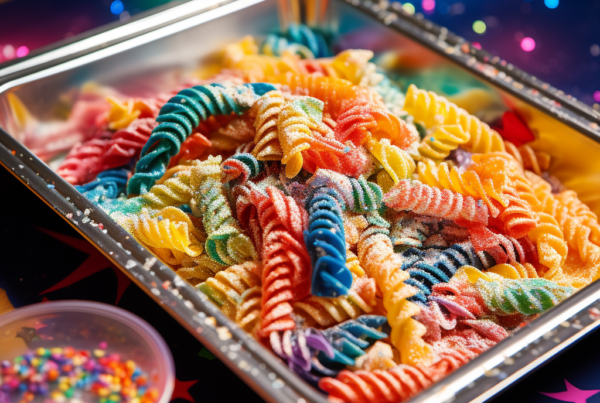Introduction
If you’re a parent looking to get your little ones involved in football, you’ve come to the right place. Investing in goal posts for toddlers can bring many benefits to their physical and mental development, and it’s a great way to encourage them to have fun outdoors. With a goal post in your garden or at home, your toddlers can practice their football skills, build their confidence, and even burn off some energy. Plus, it’s a fantastic way for families to bond and spend time together in the fresh air. In this guide, we’ll take you through everything you need to know about choosing the right goal post for your little one, from the different types available to the materials and safety features to consider. If you have older children, you’ll want to check out our goals posts for kids guide instead.
Types of Goal Posts for Toddlers
When it comes to choosing the right goal posts for toddlers, there are a few options available. Two popular types of goal posts for toddlers are portable and inflatable goal posts.
Portable Goal Posts
Portable goal posts are a great option for parents who want to be able to move the goal posts around easily. They are lightweight and can be assembled and disassembled quickly, making them a great choice for indoor or outdoor use. This is a good option for toddlers who don’t require the size of goal posts as older kids.
Some advantages of portable goal posts for toddlers include:
- Easy to assemble and disassemble
- Lightweight and portable
- Can be used indoors or outdoors
However, there are also a few disadvantages to consider, such as:
- May not be as sturdy as other types of goal posts
- Some models may be difficult to secure properly
When choosing a portable goal post for toddlers, be sure to look for one that is easy to set up and take down, sturdy, and safe. Make sure that the goal post has a secure base and that it can be anchored securely.
Inflatable Goal Posts
Inflatable goal posts are a great option for toddlers. They are very easy to inflate and deflate, and they are also lightweight and portable.
Advantages of inflatable goal posts for toddlers include:
- Easy to set up and take down
- Lightweight and portable
- Safe for toddlers to use
However, there are also some disadvantages to consider, such as:
- May not be as sturdy as other types of goal posts
- Can be punctured or damaged easily
When choosing inflatable goal posts for toddlers, be sure to look for ones made of durable materials that can withstand wear and tear. Make sure that the goal post has a secure base and that it can be anchored securely.
Ultimately, the type of goal post you choose for your toddler will depend on your individual needs and preferences. Consider where you will be using the goal post, how frequently you will use it, and your budget when making your decision. For toddlers, you may also want to consider that they’ll be growing fast, and their needs will change as they develop.
Considerations When Choosing Goal Posts for Toddlers
When choosing goal posts for toddlers, there are several considerations that parents need to keep in mind. Firstly, the size of the goal post is crucial as it should match the age and height of the child. You don’t want your child to struggle to reach the crossbar or be intimidated by a post that’s too big. Secondly, the material of the goal post should be durable and sturdy yet lightweight enough for easy movement. Finally, safety features such as nets, padding, and anchors should be taken into account to avoid accidents or injuries. These elements will help parents choose the most suitable goal post for their toddlers.
Indoor Use of Goal Posts for Toddlers
When it comes to choosing goal posts for indoor use for toddlers, there are a few important considerations to keep in mind. Here are some tips to help you make the best choice for your child:
Types of Goal Posts for Indoor Use
- Pop-up goals: Pop-up goals are a popular choice for indoor use, as they are lightweight and easy to set up. They are also very portable, which means you can easily move them around the house as needed. Pop-up goals are typically made of fabric or mesh, which means they are soft and safe for toddlers to use.
- Miniature plastic goals: Miniature plastic goals are another option for indoor use. They are made of lightweight plastic and are often adjustable, which means you can change the size of the goal as your child grows. These goals are usually sold as a set with a miniature ball, making them a great choice for parents who want to encourage their child’s football skills.
Setting up the Goal Posts Indoors
Once you have chosen the right type of goal posts for indoor use, it’s important to set them up properly. Here are some tips for setting up the goal posts indoors:
- Choose a suitable space: Make sure you choose a suitable space for the goal posts. The area should be free from furniture and other obstacles that could get in the way.
- Secure the goal posts: It’s important to secure the goal posts to prevent them from falling over. You can do this by using sandbags or weights or by using straps to anchor the goals to a wall.
- Use soft balls: When playing indoors, it’s important to use soft balls to prevent damage to your home and to keep your child safe. Soft foam or rubber balls are ideal for indoor use, as they are less likely to cause damage to your walls and furniture.
- Supervise your child: Always supervise your child when they are playing with the goal posts indoors. This will help you to ensure that they are safe and that they are using the goal posts properly.
By following these tips, you can create a safe and fun indoor football environment for your toddler.
Outdoor Use of Goal Posts for Toddlers
When it comes to outdoor use of goal posts for toddlers, you need to take a few things into consideration to ensure a safe and enjoyable experience for your child. Here are some tips to help you choose the right goal post and set it up in the right way for outdoor use:
Types of Goal Posts for Outdoor Use
There are different types of goal posts for outdoor use, including freestanding, in-ground, and pop-up goals. Freestanding and pop-up goals are more suitable for toddlers as they are easy to set up and move around. In-ground goals are more permanent and require more work to install – if you’re installing in-ground goal posts then it’s definitely a long-term decision!
Securing the Goal Posts
It’s important to secure the goal posts properly to ensure they don’t tip over during play. For freestanding and pop-up goals, you can use pegs to anchor them to the ground. For in-ground goals, you will need to use cement to secure them in place.
Choosing the Right Location
When setting up the goal posts, it’s important to choose a safe location that is clear of any obstacles and away from busy roads. Make sure there is enough space around the goal posts for your toddler to move around freely.
Training Methods
Playing with a goal post can help toddlers improve their motor skills, balance, and coordination. You can introduce different training methods to make it more fun and challenging, such as setting up obstacle courses, practising shooting and dribbling, and playing small-sided games with friends and family.
With these tips in mind, you can choose the right goal post and set it up in the right way for outdoor use, providing a safe and enjoyable environment for your toddler to learn and play football.
Signs of Footballing Talent in Toddlers
Football can be a great way for toddlers to develop their coordination, motor skills and social abilities. Here are some early signs of footballing talent in toddlers:
- Good hand-eye coordination
- Early mastery of basic ball control skills such as dribbling
- Kicking and passing
- Ability to stay focused for extended periods of time
- A natural sense of anticipation and spatial awareness
Parents can help their toddlers develop their football skills by providing opportunities for regular practice, creating a fun and supportive environment, and using positive reinforcement. Simple training activities can include games of catch, kicking a ball around in the garden, and setting up mini-training drills. Encouraging your toddler to try new things and being patient with their progress can help them to gain confidence and develop their love for the game.

Conclusion
Goal posts for toddlers can be a valuable addition to any household or garden. It is important to choose the right type of goal post that suits your child’s age, skill level, and space. Portable and inflatable goal posts are popular options for toddlers, but it is essential to consider the size, material, and safety features when selecting the perfect goal post. Indoor and outdoor goal posts offer different advantages and training opportunities, and early signs of footballing talent in toddlers should not be ignored. With the right training tips and encouragement from parents, toddlers can develop their football skills while having fun. Remember, the key to success is choosing the right goal post for your child and providing a safe and enjoyable environment for them to learn and grow.




